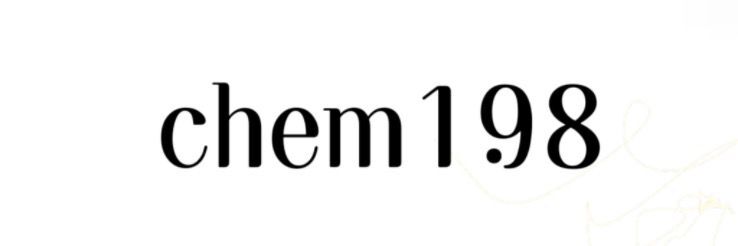Is Pigment Red 57:1 Safe for Children’s Art Supplies?
When it comes to children’s art supplies, parents often prioritize safety as much as creativity. In today’s colorful world of paints and crayons, one intriguing pigment that often comes up is Pigment Red 57:1. So, let’s dive into what this pigment is, its safety for children, and how it fits into the bigger picture of art supplies.
Contact us to discuss your requirements of Pigment Red 57:1(tr,ur,uz). Our experienced sales team can help you identify the options that best suit your needs.
Understanding Pigment Red 57:1
First, let’s break down what Pigment Red 57:1 actually is. This vibrant red hue is a synthetic organic pigment commonly used in various art supplies, including paints, markers, and crayons. It’s known for its light stability, ease of dispersion, and non-toxicity when used correctly. However, as parents and educators, our primary concern is: Is it safe for our little Picassos to use?
Safety First: What Do The Experts Say?
A key aspect of ensuring safety in children’s art supplies is looking at regulatory standards. Pigment Red 57:1 is widely used in art products and is generally considered non-toxic if manufactured according to guidelines set by organizations like ASTM D-4236. This designation means that the pigment has been rigorously evaluated for its safety and is deemed safe for use in art materials. According to the American Society for Testing and Materials (ASTM), materials used in children's art supplies must meet specific safety limits.
Furthermore, studies have shown that while children often engage in exploratory behaviors, the risk of ingestion or skin exposure is minimal with items containing Pigment Red 57:1. For instance, the Consumer Product Safety Commission (CPSC) reported a significant decline in safety incidents related to art materials over the past decade, indicating that manufacturers are increasingly adhering to safer practices.
Practical Applications: Benefits of Using Pigment Red 57:1
Beyond safety, Pigment Red 57:1 brings a host of practical benefits to children's art projects. Its vibrancy encourages creativity and self-expression, allowing kids to experiment with color mixing and broader artistic techniques. By using non-toxic pigments, parents can support their children’s artistic endeavors without the worry of harmful chemicals.
Moreover, pigments like Pigment Red 57:1 are used in various educational settings, from art classrooms to community workshops. Teachers appreciate this pigment for its consistent performance and ease of use, making art lessons more engaging and enjoyable. Imagine a classroom full of students excitedly creating vivid red landscapes—they aren’t just painting; they’re exploring, learning, and growing.
Additional resources:How to Buy Caustic Soda Wholesale Effectively?
If you want to learn more, please visit our website Ogilvy.
Innovation in Art Supplies
In recent years, there has been a wave of innovation within the art supplies industry, focusing on non-toxic materials and sustainability. Manufacturers are now more committed than ever to using safe pigments and environmentally friendly processes. For example, advancements in organic chemistry have led to the development of more stable, vibrant pigments that reduce the environmental impact often associated with traditional production methods.
Additionally, technology has enhanced how pigments like Pigment Red 57:1 are formulated and produced. These advancements ensure that children can safely create their masterpieces while benefiting from products that are not only safe but eco-friendly. A survey from the National Art Education Association revealed that over 75% of art educators prioritize eco-friendly materials in their classrooms, reflecting a growing trend towards sustainability.
Looking Forward: The Future of Art Supplies
As we look to the future, innovations in art supplies will continue to prioritize safety, creativity, and sustainability. The ongoing development of eco-conscious manufacturing processes means that parents can feel reassured knowing that new art product releases will likely be safer than ever.
Future trends may also include enhanced packaging with clear safety information, making it easier for parents to choose the best materials for their children. This kind of innovation creates a landscape where the needs and preferences of both parents and children are at the forefront.
Conclusion: A Safe Choice for Young Artists
So, is Pigment Red 57:1 safe for children’s art supplies? The answer leans towards yes, especially when sourced from reputable manufacturers that adhere to safety standards. Prioritizing safety doesn’t mean sacrificing creativity—children can explore their artistic capabilities with vibrant, safe materials. As parents and educators, supporting such innovation will empower the next generation of artists to express themselves with confidence, knowing their tools are both safe and stimulating.
If you are looking for more details, kindly visit Ogilvy.

